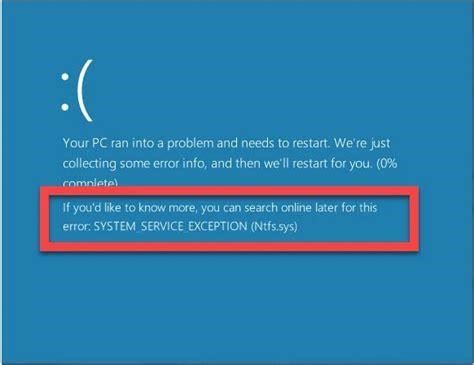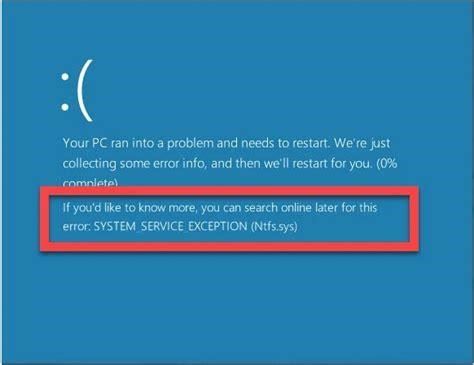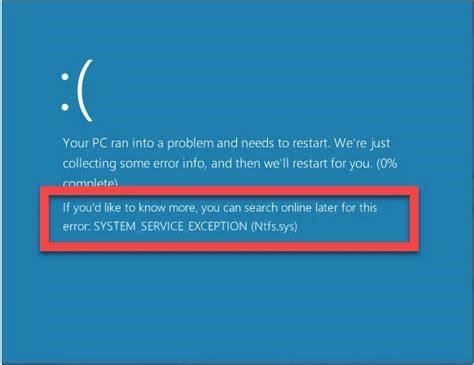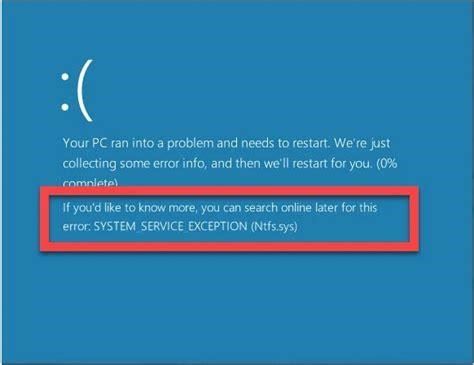Troubleshooting Virus Detection Issues When Downloading Files in Windows 10
As we navigate the digital landscape, malware remains an ever-present threat. Few experiences prove more frustrating than when our antivirus wrongly flags legitimate downloads as infected. Suddenly we’re barred from accessing the very files we need.
If this scenario sounds familiar, you’ve come to the right place. We’ll explore common triggers behind false virus detections in Windows 10 and provide actionable solutions to restore your downloads. Let’s get started!
Why Does Windows Defender Block Safe Downloads?
Windows Defender, Microsoft’s built-in antivirus software, monitors file activity across your system. By default, it scans all folders, including the Downloads destination. If Defender identifies any potential threat, it will instantly block the download to prevent infection.
Of course, this protection comes at a cost. Sometimes Windows Defender misidentifies legitimate downloads as malicious. The software utilizes heuristics and machine learning to predict dangers. While advantageous, these technologies aren’t flawless.
Occasional false positives are an unfortunate trade-off for keeping your device secure. Thankfully, we can take steps to allow our downloads while maintaining safety.
Excluding Folders from Windows Defender Scans
One quick fix is to exclude your Downloads folder from Defender scans. This prevents the software from evaluating and blocking files in that location. Note that all other folders remain protected.
Here is how to exclude Downloads:
-
Open Windows Security via the start menu or search bar.
-
Click “Virus & threat protection” in the sidebar.
-
Under “Virus & threat protection settings,” select “Manage settings.”
-
Choose "Add or remove exclusions."
-
Select "Folder" and pick your Downloads folder.
Windows Defender will now ignore this directory during scans. You can download files without interference. Of course, we don’t recommend keeping exclusions long-term, as it leaves you vulnerable.
Temporarily Disabling Windows Defender
If you want comprehensive protection, another option is temporarily disabling Windows Defender altogether. This pauses all antivirus functionality until you re-enable it.
Follow these steps to turn off Defender:
-
Open Windows Security.
-
Go to “Virus & threat protection.”
-
Click “Manage settings” under “Virus & threat protection settings.”
-
Toggle “Real-time protection” to off.
Once disabled, Windows Defender stops scanning. You can now download files without obstruction. Make sure to re-enable protection once finished for security.
Alternatively, installing a third-party antivirus solution will automatically deactivate Defender. Just don’t forget to re-activate it if switching back.
Disabling Specific Windows Defender Modules
For a more surgical approach, you can turn off individual Defender modules instead of fully disabling it. This allows other protection functionality to remain active.
Follow the same steps above to access settings, then toggle off modules like “File and folder scanning.” This prevents virus scanning during downloads while retaining some safeguards.
Don’t forget to re-enable the module when complete. You can also try excluding your download from future scans after accessing it initially.
Scanning for False Positives
If Windows Defender repeatedly flags a legitimate download, the file may need to be white-listed. Begin by scanning your system for malware. This verifies that Defender isn’t accurately detecting a threat.
To perform a scan:
-
Go to “Virus & threat protection” in Windows Security.
-
Click “Scan options.”
-
Select your desired scan type (e.g. “Full scan”).
If no issues are discovered, add an exclusion for the flagged file. This prevents future false detections.
Staying Safe from Malware
While false positives are a nuisance, it’s important to remain vigilant against real malware threats. Here are some tips:
-
Keep your antivirus software and operating system up-to-date. Enabling automatic updates is ideal.
-
Avoid clicking suspicious links and unexpected downloads. These often distribute malware.
-
Use secure connections like HTTPS when available.
-
Don’t lower your browser’s default security settings.
-
Install a firewall for additional protection.
With vigilance and the right troubleshooting, you can confidently download files without the frustration of false malware warnings. Just be sure to re-enable any disabled protections when finished. What other solutions have you found effective against false positives? Let us know in the comments!




